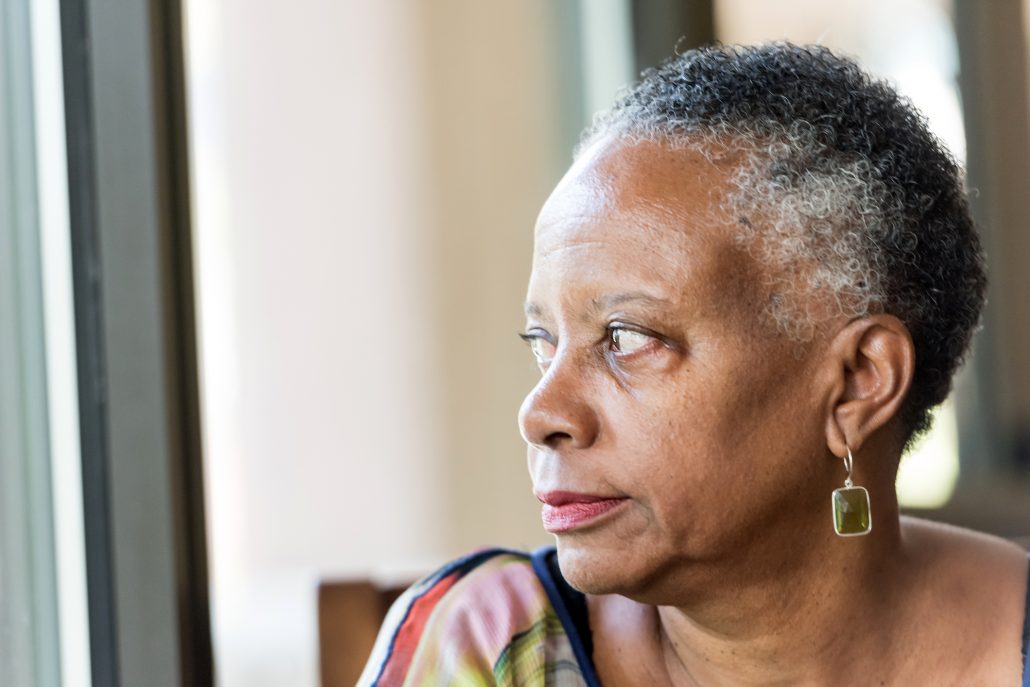(This content is being used for illustrative purposes only; any person depicted in the content is a model)
The elderly population frequently is ignored when it comes to drug addiction. After all, when most people think of the word “drug addict,” they typically picture someone in their 20s and 30s. The media depicts addiction as mostly affecting youth. While it is true that the youth population is heavily affected, the middle-aged and elderly drug addiction rates are also rapidly rising.
Millions of older Americans receive painkiller prescriptions for chronic conditions such as back pain, arthritis, and headaches. Eventually, some of these older adults become addicted. Pain prescriptions are a serious problem, and it is important the elderly population receive the same attention as the younger population. Addiction does not discriminate. Everyone needs treatment.
Prescription pain medications can do just as much harm as heroin peddled on the streets. Even worse, when a patient is not able to gain access to their pain prescriptions, they often turn to heroin as a cheaper alternative. The heroin on the street is more dangerous because there is no way to know what is being distributed. Often, heroin on the street is laced with powerful opioids like fentanyl which increase a person’s vulnerability to an overdose.
The Middle-Aged and Elderly
The Agency for Healthcare Research and Quality reported a sharp increase in hospitalization from prescription drug abuse among Americans aged 45 to 85 and beyond. According to the Center for Disease Control and Prevention, the highest death rates from drug overdoses were reported among middle-aged adults between 45 and 54.
One study revealed that 20 percent of people over the age of 65 take painkillers several times per week. The rate of addiction among chronic pain patients is at an astonishing level of 18 percent. Dr. Andrew Kolodny is the chief medical officer of the Phoenix House Foundation. He explained in a recent article that the highest rates of overdose deaths are in patients who have legitimate prescriptions for managing their chronic pain problems.
Older patients are more able to find opioids because doctors are more willing to prescribe them. Dr. Kolodny points out that improperly using opioids increases the risk of dependence. Shockingly, if someone were to take several doses a day, physical dependence could occur in as little as five days.
Opioid Addiction from Painkillers
Older Patients taking pain medication are less likely to notice the onset of addiction. It’s typically the family or caregivers that begin to notice the changes in behavior. Often, these older patients are unaware that they are becoming dependent on opioids until a negative consequence occurs.
Furthermore, seniors on opioids are at a higher risk of falling, which increases the risk of devastating fractures.Because many seniors take several medications at a time, there is a potential for harmful drug interactions. For example, an opioid could interact with another drug like a sleeping medication and increase the risk of respiratory depression and sedation.
It is important that seniors have an understanding of this risk. If a patient has a history of alcohol use, it is critical that healthcare providers are aware. The enhanced effects of opioids combined with alcohol results in negative consequences. Nonetheless, one does not need to be a drinker to have a problem with opioids.
A Way Forward
The reality is that close to 50 percent of people age 65 and older deal with chronic pain. While it is important for doctors to address the pain of their patients, it is also just as important to inform patients of the risk of addiction when taking prescriptions opioids.
A journal review found that short-term prescriptions have less of a risk for dependence compared to long-term opioid treatment. While the risk for addiction lowers as a patient becomes older, there is still a risk. Doctors should review each case individually. Addiction is always a possibility with opioids.
There are a variety of alternative pain management treatments making headlines now. Pain management devices are one way that could help reduce opioid dependency. Many chronic pain sufferers also find that combining physical therapy with massage therapy helps reduce pain and improve mobility.
Other pain management options include
-
Yoga
-
CBT
-
Meditation
-
Acupuncture
The statistics surrounding the middle-aged and elderly population are tragic, but even more tragic is the effect opioid addiction has on friends, relatives, and the overall community. Addiction affects everyone, not just the addict.
Overall, it is important that these age populations know the risk as opioid addiction rates continue to rise. Recovery is possible. Please reach out if you or someone you know is struggling with drug addiction. Do not wait. Call today.


